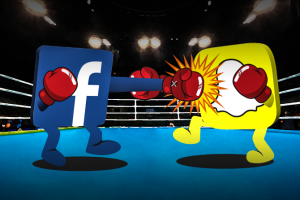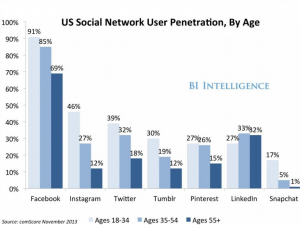After viewing the eye-catching video pertaining to the work culture at Zappos during lecture, it struck me as the exact opposite of what I envisioned to be my ideal workplace. During reflection period, I couldn’t help but note that the linkage between the concept of organizational culture and human resource management was incredibly interesting, prompting me to do additional research.

A look into the workplace of Zappos
In a particularly interesting blog post I stumbled across, Jessica Dahlstrum discusses “how having a strong culture can increase employee engagement and productivity”, and reinforces her argument by providing examples with explicit connections to the culture at Zappos. Prior to our Human Resources lecture, I always believed that it was the duty of the employee to ensure their own satisfaction, and maintain engagement within the workplace. After all, individuals should ideally apply for jobs they are passionate about and thus have incentive to perform at a high caliber within the workplace.
However, to my surprise, an article issued in 2015 declared only 31.5% of employees are engaged within the workplace, meaning they are enthusiastic about and engaged and committed to their work; a slight increase of from 29.6% in 2013. Moreover, certain individuals are prone to choosing jobs that they view as dull and that they dislike, solely because of a larger pay. Based off of this information, I believe that it is important for a company to develop a work culture that successfully engages employees and gives them a sentiment of joy, and accomplishment. In fact, a healthy company culture can create a positive cascade effect that is beneficial for the company, employee, and consumer. A positive work culture and environment causes an employee to be in good spirit, and work at their best, which leaves the consumer satisfied with their service. Satisfied consumers will be inclined to return and purchase more, plunging them within the loyalty loop of the company. In essence, having a healthy company culture is rewarding for all parties- everybody benefits.

The consumer decision journey
In her post, Dahlstrum touches on open communication, praise and recognition as well as setting clear goals. Each of these aspects are crucial to establishing a healthy company culture, and can be explicitly related to Zappos. For instance, Zappos stresses open communication by placing their executives at the same level as other employees, facilitating and easing communication between each other, and sets clear goals and standards by putting each of their employees through the same rigorous training program.
Ultimately, company culture can play a large role in determining the success of a company. An effective workplace will engage their employees, in turn creating a positive cascade effect in which employers, employees and consumers are satisfied.
Word Count: 441








